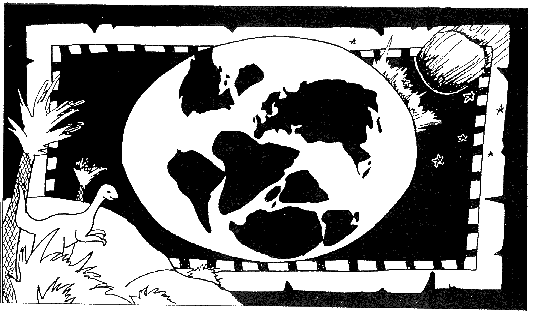








History of B.C.

Extinction of the Dinosaurs
The opening of the Atlantic Ocean continued to occur further south, while the continents continued to break apart. The earth was beginning to resemble our world at the present time. The dinosaurs developed into the most advanced plant-eaters and the largest meat-eaters. It was also during this period that the first marsupial mammals appear in North and South America. Towards the end of the Cretaceous, the first flowering plants came to exist, which then led to insects having to evolve to be able to pollinate.

The Cretaceous period ended with the extinction of all dinosaurs, around 65 million years ago. After ruling the land of Earth for 160 million years, the dinosaurs didn't immediately disappear. However, it may have taken eight million years for them to be completely wiped out. Scientists have narrowed the cause of the mass extinction to three possibilities:

The first theory suggests that a huge meteorite may have crashed into earth, sending dust particles into the atmosphere, which in turn blocked out the sun and created months, even years, of cold periods. Without sunlight, no vegetation would have grown, thereby killing the omnivores in turn. Without omnivores as food, the carnivores would not have survived.
The second theory is that the dinosaurs were victims of a gradual decrease in temperature, which led to cold period also. These cold periods favored mammals, which had developed hair or fur on their bodies that kept them warm.
The third theory comes from observations in rocks of late Cretaceous age in India. These rocks suggest that there were enormous volcanic eruptions that spewed forth millions of cubic kilometers of lava onto the Earth's surface. This change in climate would have been enough to force various animal groups into extinction.